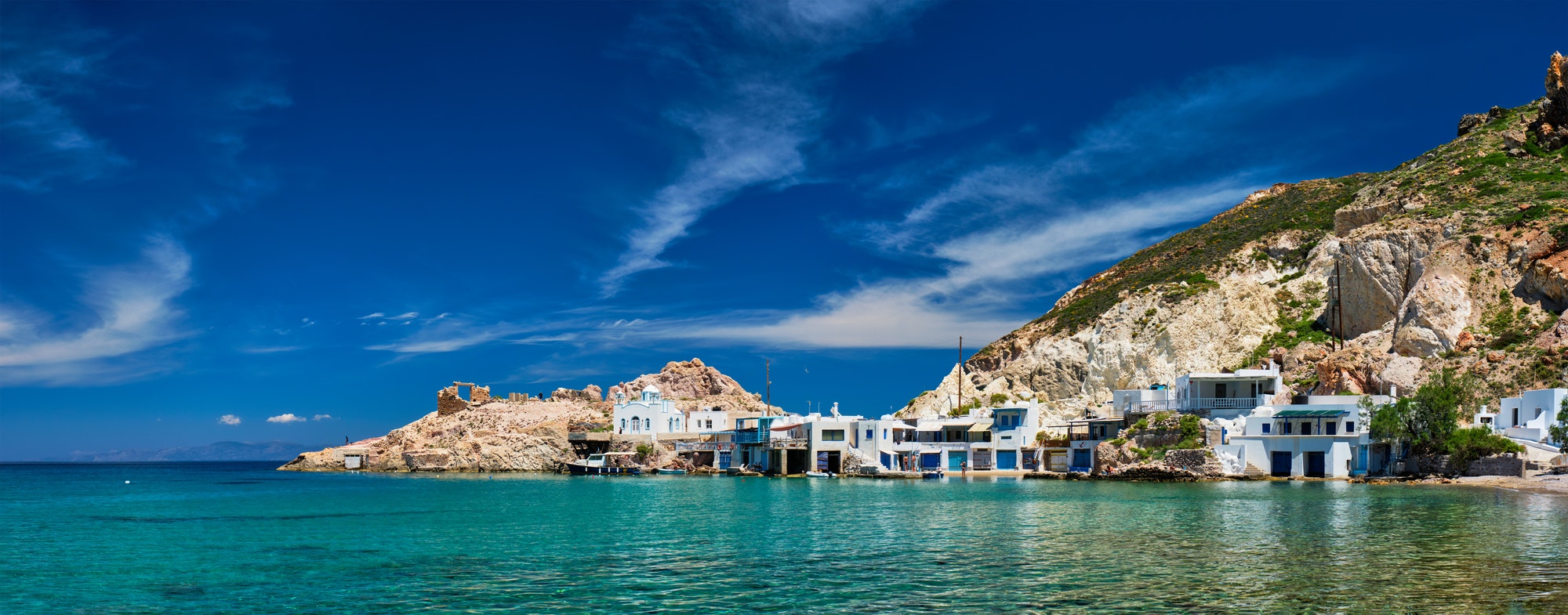You may see information on the internet about how to unclog your arteries naturally. Actually, there isn’t quality evidence that you can ‘unclog’ your arteries naturally. Inflammation plays a huge role in heart disease, and choosing healthy habits can help reduce inflammation. However, you can help prevent making the plaques worse by using natural methods. Many people at risk need medication. These methods are an adjunct to your doctor’s advice.
In the Blue Zones, there is a high concentration of people who live to age 100. They live healthy lifestyles and have low rates of chronic diseases, such as heart disease and cancer. The original Blue Zones that have been studied include:
Sardinia, Italy
Okinawa, Japan
Loma Linda, California
Nicoya, Costa Rica
Ikaria, Greece
If you are interested in lowering your risk of heart disease, the Blue Zones have advice to share. They see eating healthy as a lifestyle. Viewing eating healthy as your life philosophy (instead of a diet) is much more likely to last long-term.
12 Food Principles to Help Reduce Inflammation
These tips are inspired from the Blue Zones, with some additional information. Of course, you may be on a more strict diet due to certain health conditions. For example, those with or prone to autoimmune diseases do better avoiding gluten.
- Mostly plant-based meals with a wide variety of vegetables every day: organic if you can (organic has more nutrients and less toxins like pesticide spraying). If you can’t afford all organic, choose organic for the dirty dozen list.
- Sugar intake is from whole foods like vegetables and fruits, instead of things like soda, cookies, and candy. If you have to have these unhealthier forms of sugar, do so sparingly and as a celebration. Sit down, plate the food, be present, and pay attention to what you are eating so you gain more satisfaction from less. This is good advice for anything you eat.
- Eliminating or very sparingly eating highly processed foods: instead eat whole foods with minimal ingredients.
- Reducing meat consumption: people in these zones eat meat but in small amounts. Choose organic/grass-fed/pasture-raised as much as possible as this type is from healthier animals, thus it has the most nutrients. It is also better for our planet.
- Moderate amount of fish intake: from smaller local fisheries if you are able.
- Reduce dairy.
- Daily beans. If you have gut imbalances that make beans harder to digest, it can help to soak them overnight, drain that water, then cook.
- Traditional real whole-grain and real sourdough, like those found in good bakeries. Eat grains in the least processed state as possible. Whole-kernel bread, wheat-berries, whole barley, quinoa, black rice, buckwheat, steel-cut oats, and amaranth for example. White rice is better if it is cooked then chilled in the refrigerator before eating. This forms resistant starches, which takes longer for your body to break down thus feeds your microbiome. Low glycemic grains are always better as they cause less spikes in your blood sugar. Eat grains in moderation as you want to keep a healthy blood sugar level, so you can reduce inflammation.
- Extra virgin olive oil added to meals. If you cook with olive oil, do it at a low heat so it doesn’t reach its smoke point. Smoking the oil during cooking can create carcinogenic-like substances. Avocado oil is also good for you, and has a higher smoke point so can be cooked at a more medium heat.
- Snack on nuts.
- People in the Blue Zones drink coffee, tea, and wine in moderation.
- Drink clean water.

